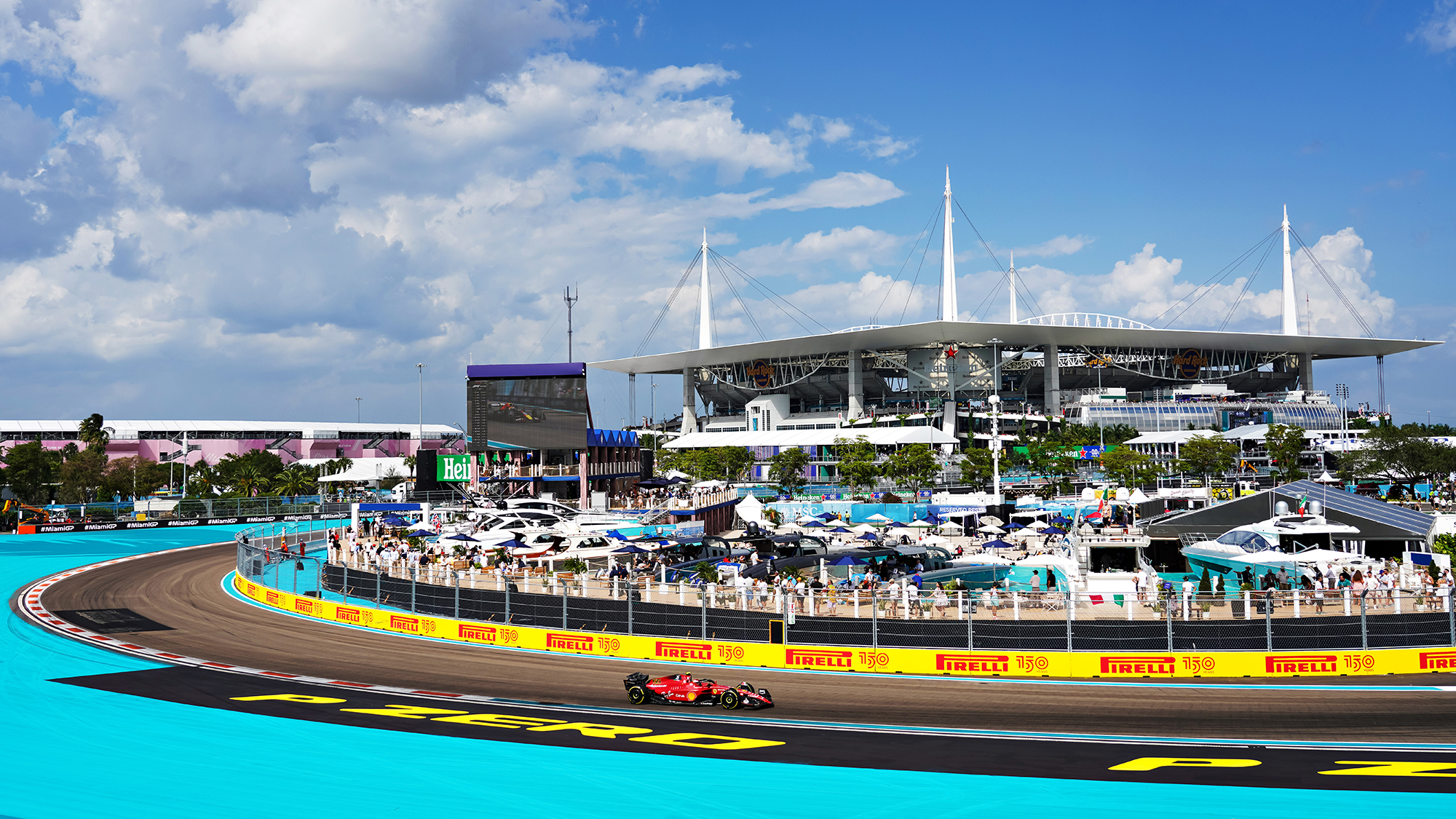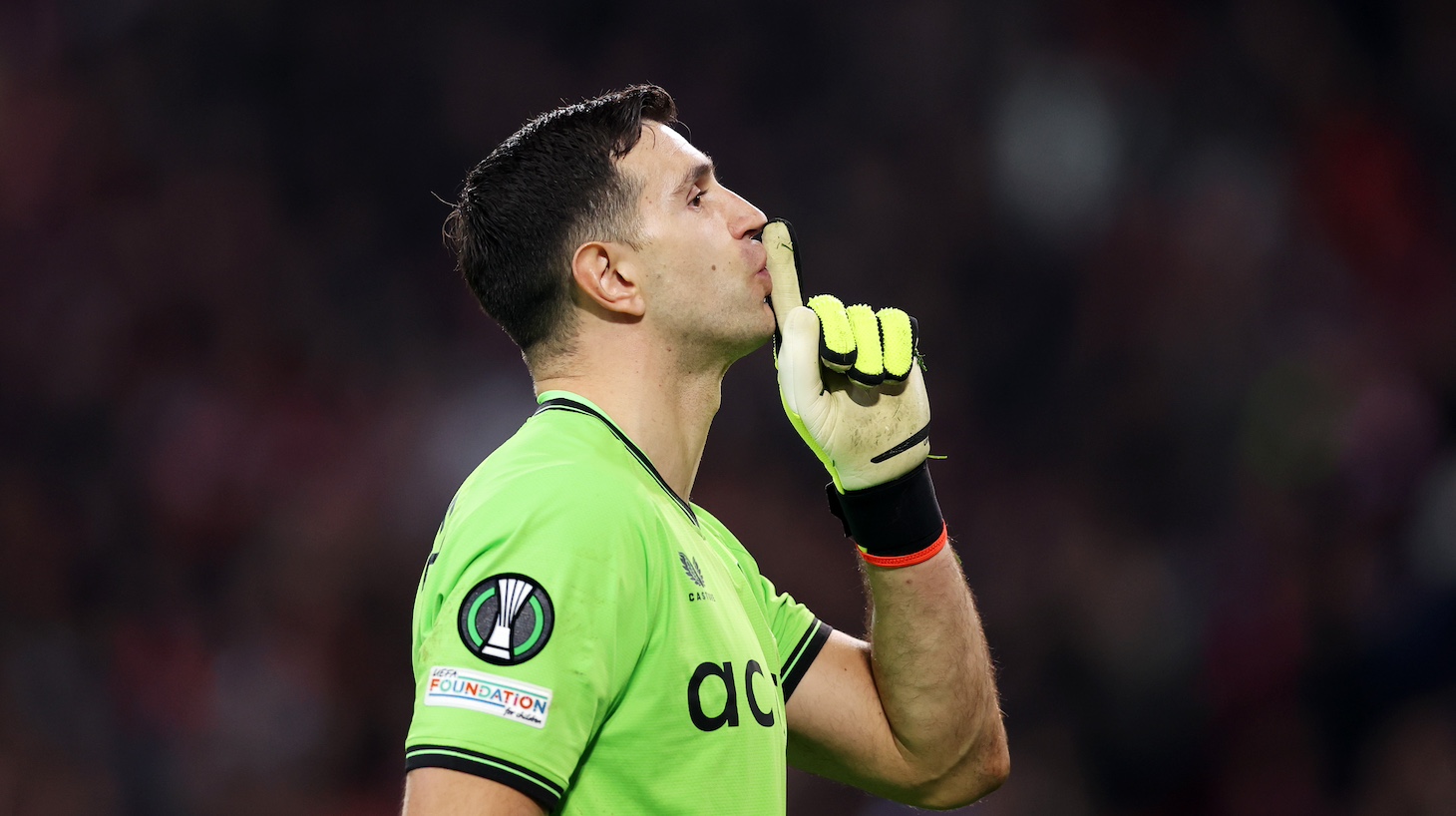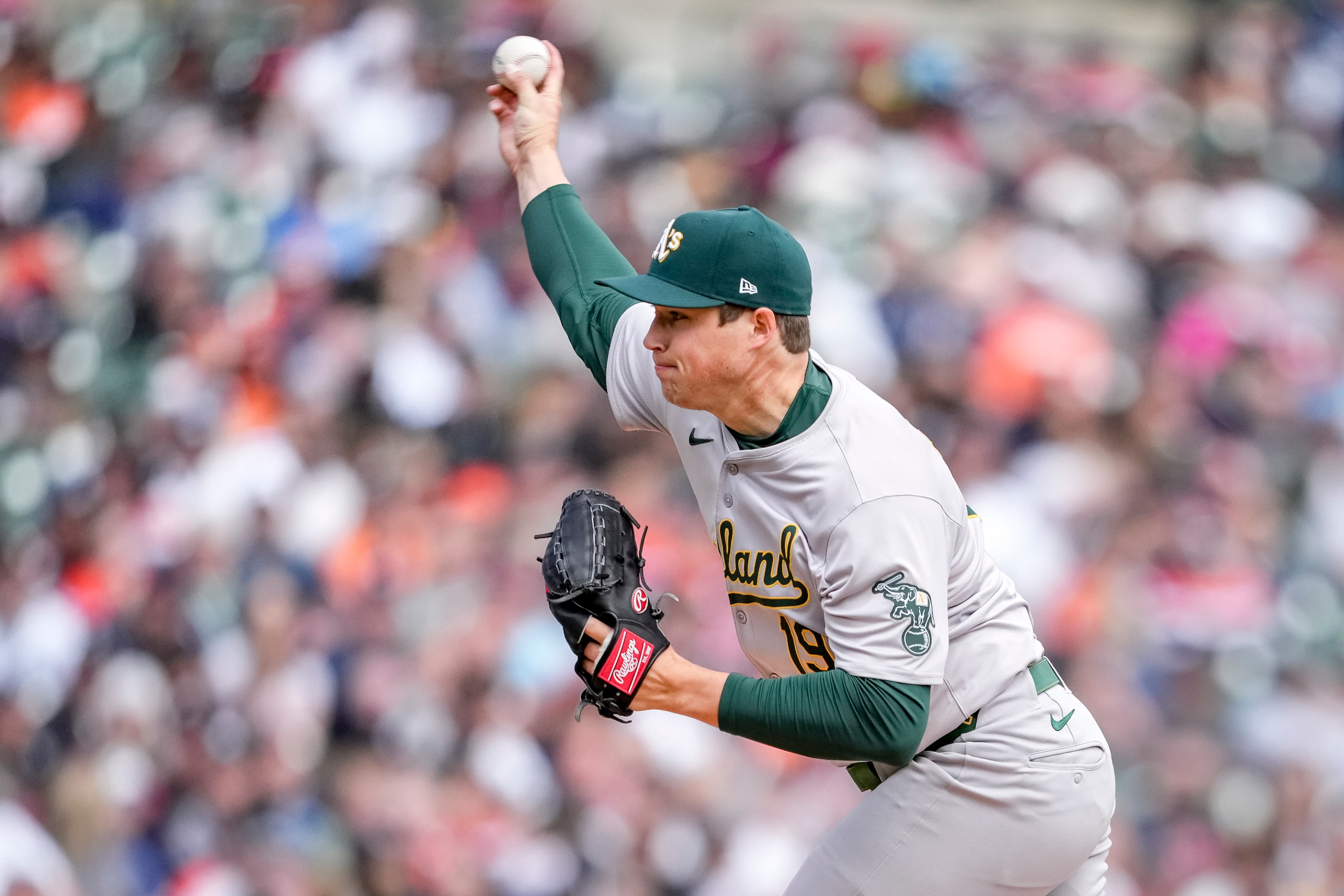Miami Was Ready For Formula 1, But The Track Was Not
2:15 PM EDT on May 9, 2022

As someone who grew up in the kaleidoscopic fever dream that is Miami, I can confidently say that the city represented itself well as Formula 1 roared into town. This is both high praise and an indictment of how the city works as a representative of American decadence. There were celebrities, perhaps so many that Sky Sports' Martin Brundle struggled to recognize some of the most famous athletes of the last decade. There was noise pollution that impacted the very real communities surrounding the Miami Dolphins' stadium compound, all entwined with no small amount of graft by some of Miami's billionaire class. There was a fake marina, which I went from mocking at the start of the weekend to deeply appreciating by the end. It was an amazingly absurd spectacle of American Epicness, distilled into one weekend, but that's likely what Formula 1 wanted from its first foray in Miami Gardens.
We still haven't gotten over this clip of Slater swimming in the Miami marina 😆 pic.twitter.com/jz7B49pO6M
— Sky Sports F1 (@SkySportsF1) May 5, 2022
Unfortunately for those who came to South Florida to watch a race, what was missing was a track worthy of being on the Formula 1 calendar. This wasn't really a Sunday surprise; as soon as the drivers got out on the Miami International Autodrome on Friday, the complaints began to roll in. The main one, and the one that most affected the race, was that the track surface did not have enough grip outside of the racing line, meaning that drivers trying to swerve outside the well-worn parts of the track to overtake opponents would struggle to brake correctly and in time before one of the twisting sections.
The track surface was called "innovative" prior to the weekend, given that it was made of a mix of granite from Georgia and limestone, which is one of the Miami topography's defining features. (It's also why the city is always in danger in flooding, but that's a story for another day.) Apex Circuit Design, the U.K.-based company in charge of the asphalt, had said before the race that the surface was appropriately abrasive and would provide drivers with plenty of grip with which to overtake. After the initial practice sessions ran their course, that turned out to be a wild miscalculation.
Prior to the race, McLaren driver Lando Norris called the track surface "very bumpy in some areas," which was not what the drivers were expecting for a new circuit that, in theory, had been perfectly honed for racing quality. Red Bull's Sergio "Checo" Pérez was less diplomatic in raising his own concerns, calling it a "joke" and saying that the surface was going to cause mistakes as drivers attempted to adjust to race pace alongside the bumps. Fernando Alonso of Alpine echoed his fellow drivers' comments, saying that it would be "very difficult" to go off the racing line, before resigning himself to struggling through the track with the hope that there will be changes for next year.
That mostly bore out on Sunday, with little overtaking through the main bulk of the race and, perhaps more importantly, a handful of drivers colliding while trying to overtake off the line. For about 40 laps, the race was more processional than dynamic, with drivers stuck in packs and unwilling to risk passing in the tricky conditions. It wasn't until lap 41 that the inaugural Miami Grand Prix had some excitement, thanks to a mistake from AlphaTauri's Pierre Gasly that sent Norris spinning into an early exit and a safety car onto the track.
A dramatic end to Norris's race after contact with Gasly 😮#MiamiGP #F1 pic.twitter.com/IM4tJoWjO1
— Formula 1 (@F1) May 8, 2022
After the safety car did its laps as marshals cleared the debris from Norris's car, the pack was bunched up, finally creating a slight window for overtaking and a little drama. The final stretch of the race was fantastic, with Ferrari's Charles Leclerc trying to take back first place from Red Bull's Max Verstappen in the front, though the Dutchman ended up pulling away and winning the race by almost four seconds. Carlos Sainz and Pérez had a tussle for third that ended with Checo's car locking up on an overtaking attempt. The Mercedes duo of Lewis Hamilton and George Russell had a back-and-forth for fifth place that ended with the latter driver pulling it out on fresher tires. Aston Martin's Sebastian Vettel and Mick Schumacher, the two German drivers on the grid, collided on turn one after Schumacher 's Haas closed the corner on his compatriot.
Mick and Seb tangle at Turn 1 😖
— Formula 1 (@F1) May 9, 2022
Watch all the key action from our first race in Miami 👀#MiamiGP #F1
There were even more battles down the grid, which speaks less to the quality of the track surface and more to the layout, which combined a couple of tricky corners and an uphill chicane—that Hamilton likened to karting in a parking lot —with the second fastest straight in the F1 season. It was even hard for the TV cameras to keep up with the action on the last eleven laps, thanks to the safety car clumping. That doesn't wash away how boring the first two-thirds of the race were. A good track should not need a safety car to kick up some action, even if everyone watching or participating in the weekend's action could have bet on an appearance from the safety car, thanks to the combination of a tight street circuit with that subpar surface.
The good news for Formula 1 here is that the track surface issues should be fixable in time for next year's Miami Grand Prix. Sometimes innovation fails, and organizers would be wise to roll back the racing surface conditions to something more familiar. What the surface lacked was made up by track elements that could make for a great race in the future. The uphill chicane didn't cause any crashes on Sunday, but it will remain one of the trickier sections of the season. The long straight should also help drivers overtake by sheer car power, which is always fun.
Whether you hated or loved the newest grand prix, the atmosphere was exactly what Miami wanted to show the world. That's not likely to change in the coming years; I can imagine a scenario where Miami ratchets up the decadence to even more insane levels. It's hard to say that the first running at the newest Formula 1 track was a pure success, and to be fair it is a quintessential Miami vibe to pair mess with excess. But that can grow old pretty quick, and F1 is nothing if not fickle, or easily lured elsewhere when it comes to where it races on weekends. Next season Miami will have to compete with Las Vegas for pure American spectacle, and if my hometown doesn't want to get eclipsed for the title of Most Depraved American circuit they better fix the actual racing pretty soon. If not for me, think of the shame of letting down Bad Bunny.
If you liked this blog, please share it! Your referrals help Defector reach new readers, and those new readers always get a few free blogs before encountering our paywall.
Staff Writer
Stay in touch
Sign up for our free newsletter




